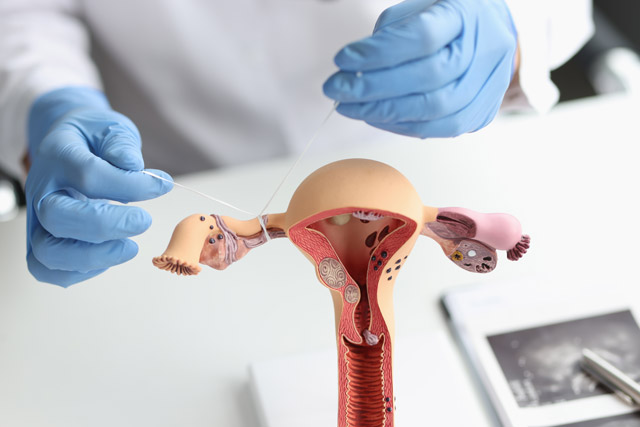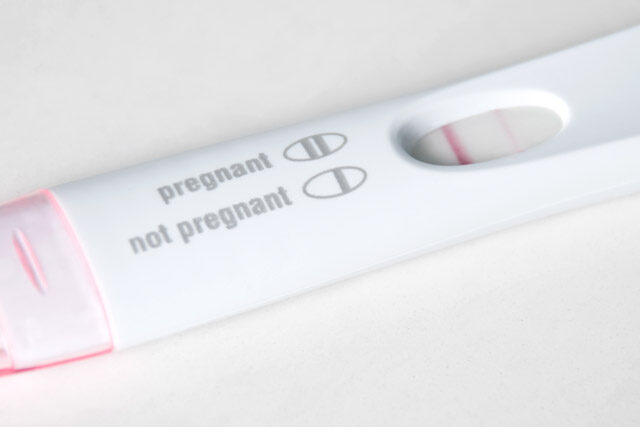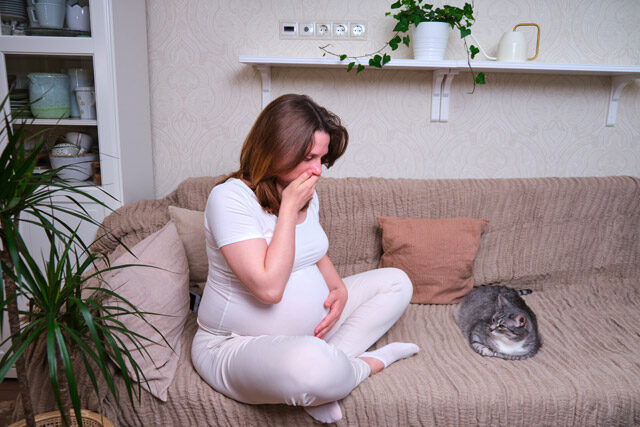An estimated 700 000 women in the United States use tubal ligation as a contraception method. If taken globally, this figure reaches 219 million, which makes 24% of the population of childbearing age. Therefore, it’s absolutely clear that tubal sterilization is currently the most popular birth control method.Women choose it as it allows them to refuse birth control pills intake, as well as other methods of contraception.
However, having your tubes tieddoesn’t guarantee you can’t become pregnant. But before we talk about the chances of becoming pregnant after tubal ligation, let’s take an in-depth look at what it actually is.
Tubal Sterilization. What is it? Possible Risks
Tubal sterilization is a surgical procedure that involves cutting and tying the fallopian tubes so that the egg cannot travel to the uterus and the sperm can’t get to the ovum. If goes without complications, the chance of pregnancy after tubal ligation doesn’t exceed 0.5%.
However, in certain circumstances, the surgery may become ineffective, and a woman may restore her ability to conceive. What does “ineffective” mean? It may happen that your tubes will grow back together, making it possible for the sperm to reach the egg. Such cases are rare, but their incidence strongly depends on the age of the patient.
Those under 28 have a 5% risk of their tubes restoring integrity. Once crossing this age border, the risk drops to 2% and goes down to 1% after a woman reaches the age of 34.
Among the possible side effects of such surgery, there are:
- infection of the wound;
- incomplete healing of the fallopian tubes;
- blood loss;
- allergic reaction related to surgery (i.e. anesthesia allergy);
- injury to the organs lying close to the operation sight.
The Reversal Surgery
Studies claim that 28% of women regret tying their fallopian tubes to prevent pregnancy. However, only 1% of those go for the reversal surgery. The success rates of such a procedure range from 50% to 80% and strongly depend on the age of the patient.
The American College of Obstetricians and Gynecologists also warns about the ethical and psychological influence of this type of birth control on women. Therefore, the decision to have their tubes tied should be thought over. You may also talk to your health care provider to have the risks explained.
Anyway, if you go for the reversal surgery, you have quite good chances of conceiving and average chances of giving birth to a healthy baby. Studies say that women aged 27 – 47 have a 75.3% chance of getting pregnant and a 52.7% chance of term delivery.
Pregnancy Risks
As for the risks associated with pregnancy after tubal ligation, they are mainly related to the development of ectopic pregnancy. This term means any pregnancy that is developing outside the uterus. The symptoms that can help you figure out ectopic pregnancy include:
- dull abdominal pain;
- pain in the pelvic area;
- light vaginal bleeding;
- the feeling of pressure in the abdomen.
The presence of scar tissue in the fallopian tubes can significantly increase risk of the attachment of the fertilized egg inside that fallopian rather than in the uterus. This condition can be life-threatening and requires to be medically reviewed for the methods to terminate it.
Why can’t you continue with an ectopic pregnancy? The thing is that the fallopian tubes lack the ability of the uterus to expand. With the growth of the embryo, the pressure on the walls of the tube will grow, eventually leading to the fallopian tube rupture.
The symptoms of this dangerous condition include:
- severe pain in the lower abdomen, which may be concentrated on the left or on the right depending on which tube has ruptured;
- severe vaginal bleeding;
- passing out and paleness due to significant blood loss;
- low blood pressure.
If you suspect you might be pregnant, you should do home pregnancy testing. If it shows positive, make an appointment with your doctor to ensure the pregnancy is not ectopic. Depending on the results of the ultrasound scan, you will know how to act in that situation.
How to Increase Chances of Pregnancy?
As we’ve already stated, the chance you get pregnant with your tubes tied doesn’t exceed half a percent. The reversal surgery can increase them to 72+%, but the birth rate is only slightly higher than 50%. So how to make your chances higher?
The best option for women who have undergone tubal ligation but want to have a baby is in-vitro fertilization. The success rate of the first IVF cycle in such women reaches 60-70%. Besides, such a method of fertilization brings the chances of ectopic pregnancy almost to zero.
Therefore, it is the most preferred method of getting pregnant after tubal ligation.
Pregnancy after Tubal Ligation – Summing up
Tubal sterilization is the most popular method of female contraception in the US and worldwide. It can prevent pregnancy bymore than 99%, becoming the most reliable method of contraception. However, taking into account the risks of surgery (both physical and psychological), it is highly recommended that you don’t make hasty decisions and consider all the pros and cons of such a medical procedure.




